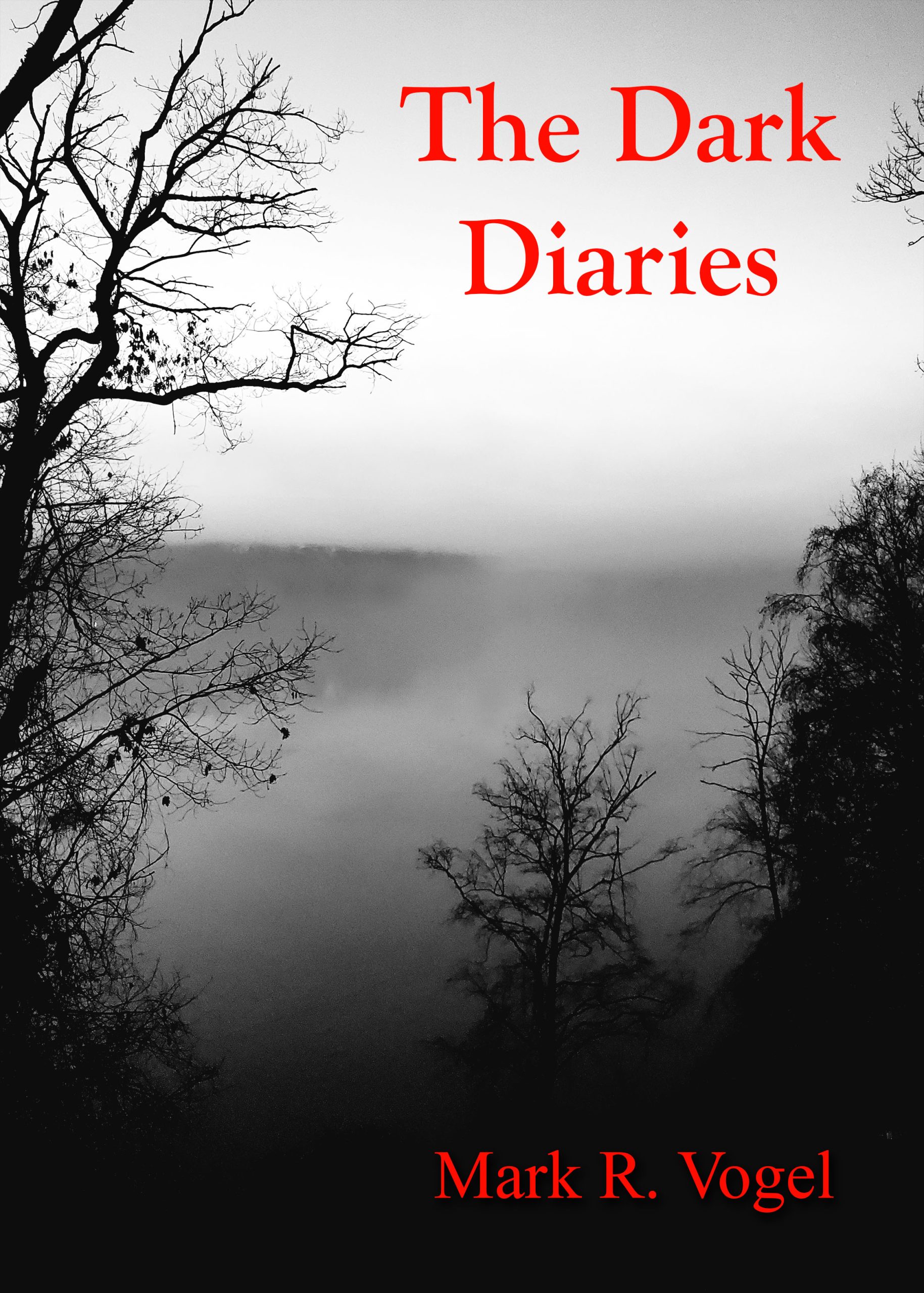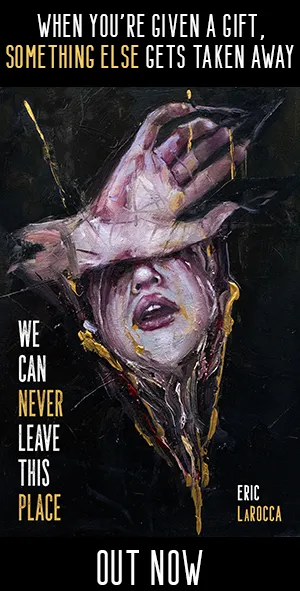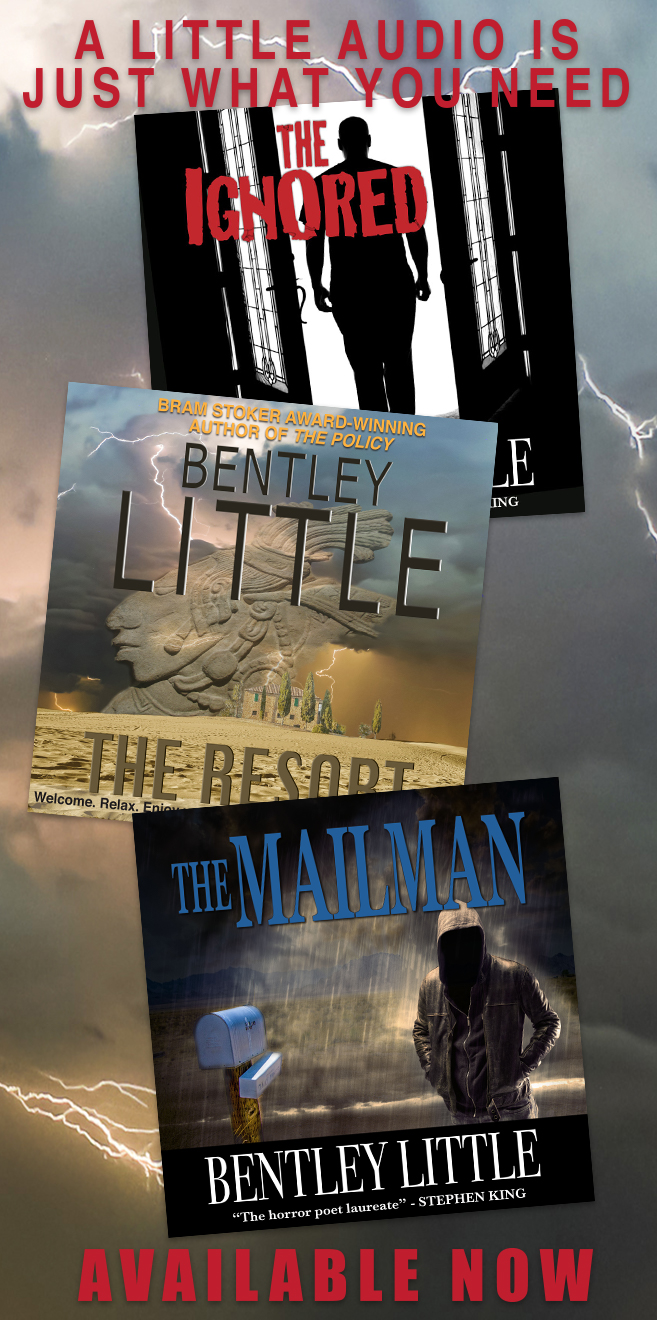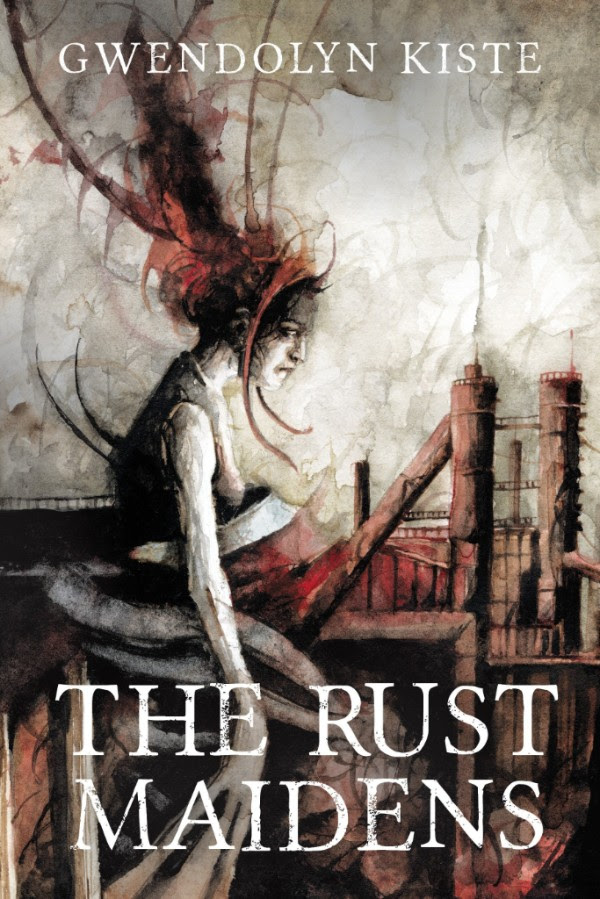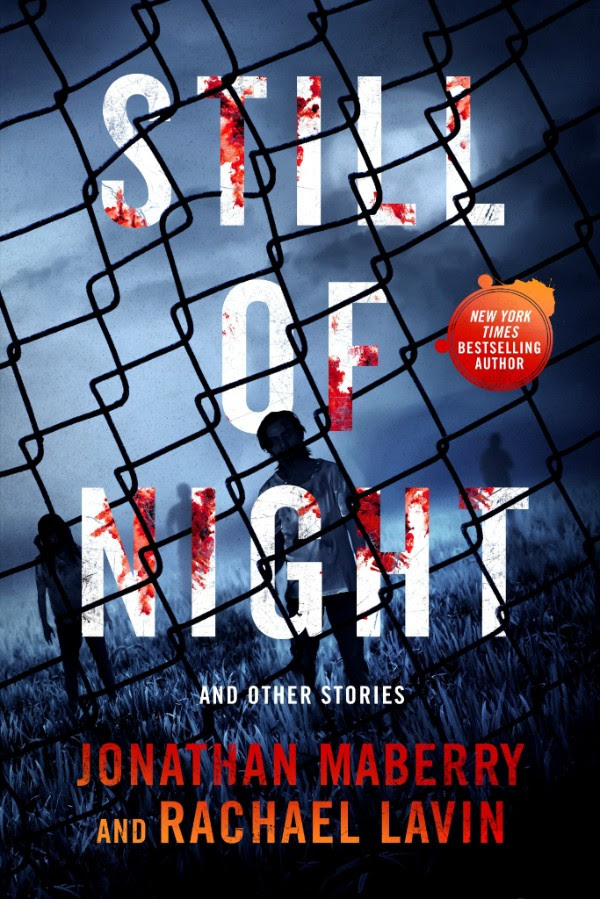1854 London. Forty-three years after the Ratcliffe Highway murders, another heinous crime is committed, rivaling the horrors of John Williams, note for note. Another follows, identical to the original once more. Is this another typical historical mystery? Try again. Historical thriller is more like it as David Morrell burns the pages with this tale that will no doubt be compared to THE ALIENIST, THE DANTE CLUB, or even DROOD. While all of those are excellent books, none read quite like MURDER AS A FINE ART.
Who is Thomas De Quincey and why did Morrell choose this real life protagonist? Read on and find out. Obscure as an author to the public eye in history, yes, but he was well-known in his time due to his controversial essays, “Confessions Of An English Opium Eater” and “Murder Considered As One Of The Fine Arts.” Why is this important? Think about who he influenced. Edgar Allan Poe and subsequently, Arthur Conan Doyle, who built on both writers to introduce the first well known detective in fiction. Regarding the connection to Poe, well, De Quincey was addicted to laudanum, a liquid opiate which became popular in the 18th century for all sorts of maladies, from headaches to stomach ailments to menstrual problems. A drop would suffice for most people and a few might prove to be fatal, yet De Quincey would down the bitters like most would a beer. Again, remember the parallel to Poe and his love of Absinthe.
However, all the historical writing in the world, the fanciful facts and insight into a bleak yet intriguing time, no matter how well it is written, would mean nothing without a stellar story. Thankfully, David Morrell has been entertaining his readers with memorable plots since FIRST BLOOD.
He has worked in horror for decades, from THE TOTEM to CREEPERS and tons of short stories, most notably collected in BLACK EVENING. He won three Stoker Awards (one for the aforementioned CREEPERS and two novellas) and was nominated for two others. The horror here combined with the suspense he perfected over the years results in what might be his best book to date.
He utilizes a brilliant, severely flawed protagonist, one of the more unique characters in recent memory, which sets MURDER AS A FINE ART above most other thrillers.
Thomas De Quincey return to London for the first time since he lost his one true love, hoping to solve her disappearance and possibly reconnect with her when a benefactor sets him and his daughter up in a house under mysterious circumstances. Immediately, the killings begin, a near perfect replica of what occurred roughly forty-three years earlier. The opening scene is one of the most brutal in fiction and sets the tone for everything which follows. The Artist, as the murderer is referred to, appears to be part Jack the Ripper and part Hannibal Lecter yet something more, a man with a nose for style and aiming to strike both pity and fear in the citizens of London. He prefers to attack the common folk, knowing that the deaths of the rich or royal would shock but not shake the populace to the marrow. Chaos erupts in the dim streets of the dank, fog-ridden sections of the city, causing citizens to turn on one another and suspect even the most trusted.
Scotland Yard detective Ryan, somewhat of an outcast due to his Irish descent, attempts to solve the murders with the laudanum drinking writer as both suspect and aide in the investigation. Both he and Constable Becker fight to keep the people from revolting – and alive.
After the writer is questioned, another murder is committed, the second copycat effort yet more questions are raised, more past history unearthed. An uneasy alliance between the strange man and Ryan is forged while hints of Sherlock Holmes emerge, albeit in one of the oddest, reluctant pairings in fiction. The fragility of the author, combined with his battle through his demons, delivers a character unlike anything Morrell has created before.
The reader follows De Quincey and Morrell through a London not of beauty and splendor, but of squalor and shadows. Through dank prisons and the darkest parts of town the path leads, sinking deeper and deeper into the mystery by which the Artist and author build while the detective and Opium Eater attempt to find a way out by digging further into the horrors of what is the murderer’s mind. The plot twists and turns into a serpentine being which never flags, only taking a few breaths before digging deeper into the psyche of the characters and of evil itself.
Morrell’s Victorian London is drawn as vividly as Caleb Carr first treated readers to 1896 New York City years ago, but with a sense of foreboding and dread not dealt with in that novel. The details of each street, house, and atmosphere itself fill the senses, almost creating a claustrophobic world through which the reader loses him or herself. He lives and breathes the setting as much as his characters do. Beyond the enigmatic De Quincey and heroic Ryan, Emily, the writer’s daughter steals many scenes as a woman who bucks the suffocating world of female conformity, yet in a convincing manner. The world and personality of the Artist are slowly, deliberately drawn, from a static, sterile man to one of full three dimensional quality, revealing details only when necessary.
Fans of Morrell will readily devour MURDER AS A FINE ART but there is a sense here that he is about to tap into a whole other fan base. This will find homes in fans of thrillers, historical fiction, and even horror, likely garnering attention come awards time next year.
Recommended early as one of the top books of 2013.
- THE BEST OF ROD SERLING’S TWILIGHT ZONE - April 11, 2015
- BLIND RAGE - April 11, 2015
- Black Static #44-45 - April 11, 2015
- The Halloween Children - February 12, 2015
- Darkness Ad Infinitum - November 24, 2014
- Fear City - October 5, 2014
- The Boneyard - July 24, 2014
- Double Feature: A Novel - July 24, 2014
- Never Alone - July 24, 2014
- Blind Vengence - July 24, 2014

